Festool and Milwaukee both make a great installation drill / driver. But which one is the best for your use case?
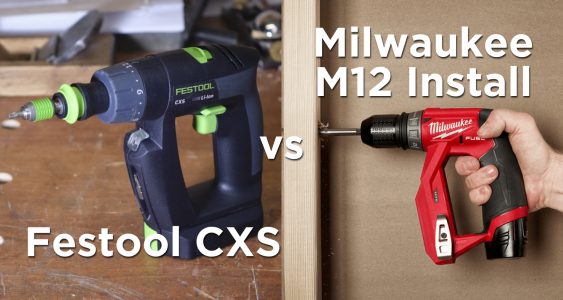
Normally with tools, the more power and torque, the better. But when you’re installing hinges, drawer slides, you want precision and control, not power. That’s where Installation Drill/Drivers come in. These small, lightweight machines are made for cabinet making, and can do 90% of the work most woodworkers do.
There are several brands that make these drills, but two stand out due their unique shape: The Festool CXS and the Milwaukee M12 Fuel. They’ve got a special C handle, which differentiates them from classic T-shaped drills.
The advantage of this form factor is that you can put direct pressure behind the drill bit (see image below), instead of below it, as you do with regular drills. They are also more balanced and can be stood upright, which makes it very easy to set them down and pick up again.
Festool originally invented this design two decades ago, but Milwaukee released a similar one recently in September 2019. This brings us to the point of this article: Should you get the original Festool CXS? Or is the new Milwaukee M12 FUEL the better pick?
Let’s first look at the raw specs – these don’t paint the whole picture, but give an indication of what the machines are capable of. I’ll get into the ergonomics and actual user experience later.
This category is a clear win for the Milwaukee. It is simply much more powerful, and can be used as an all-round drill for all but the heaviest tasks. The CXS on the other hand is a gentle machine that will still be able to do 80% of ‘regular’ woodworking tasks, such as drilling holes up to X mm, and handling screws up to X mm.
While you could use the Milwaukee as your only drill driver (unless you were doing serious construction work), the Festool really needs to be paired up with a more powerful 18V drill to cover all use cases.
It’s impressive how much power Milwaukee has managed to pack in such a small drill.
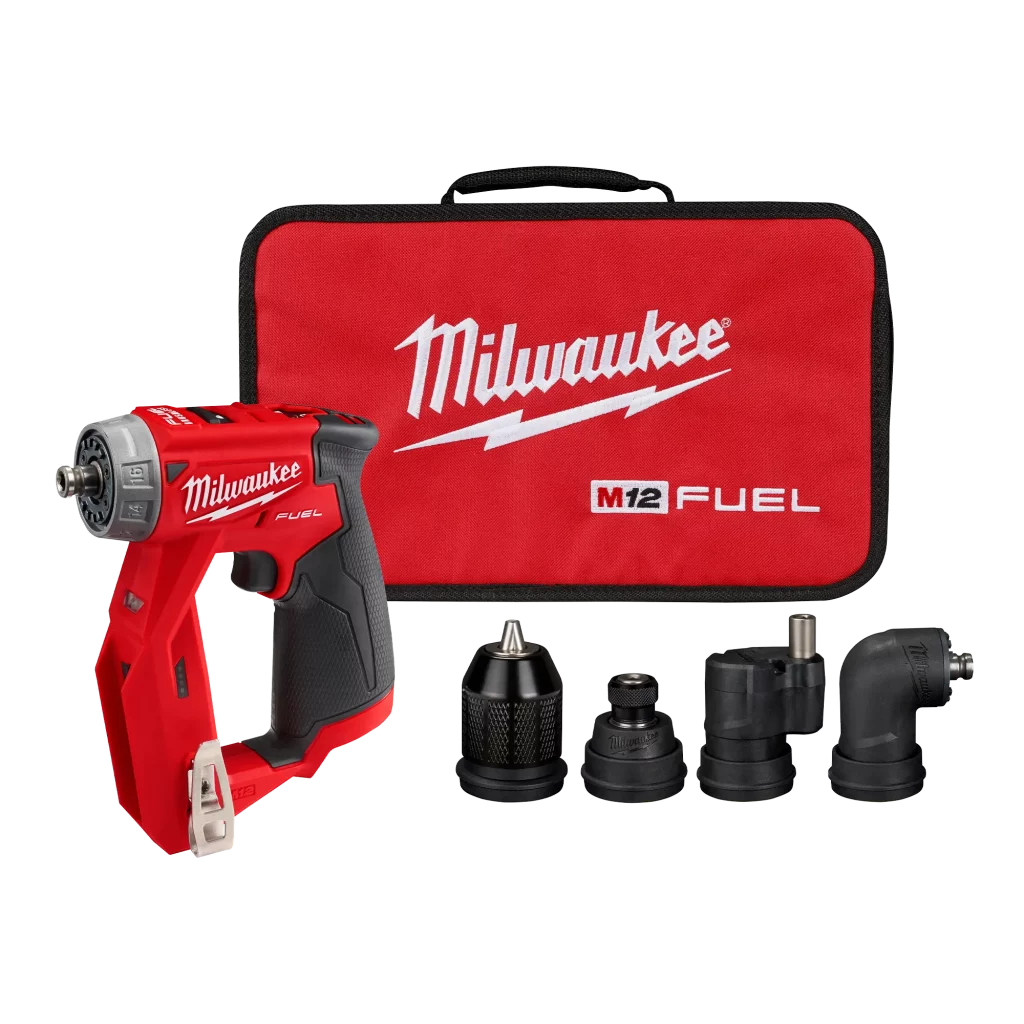
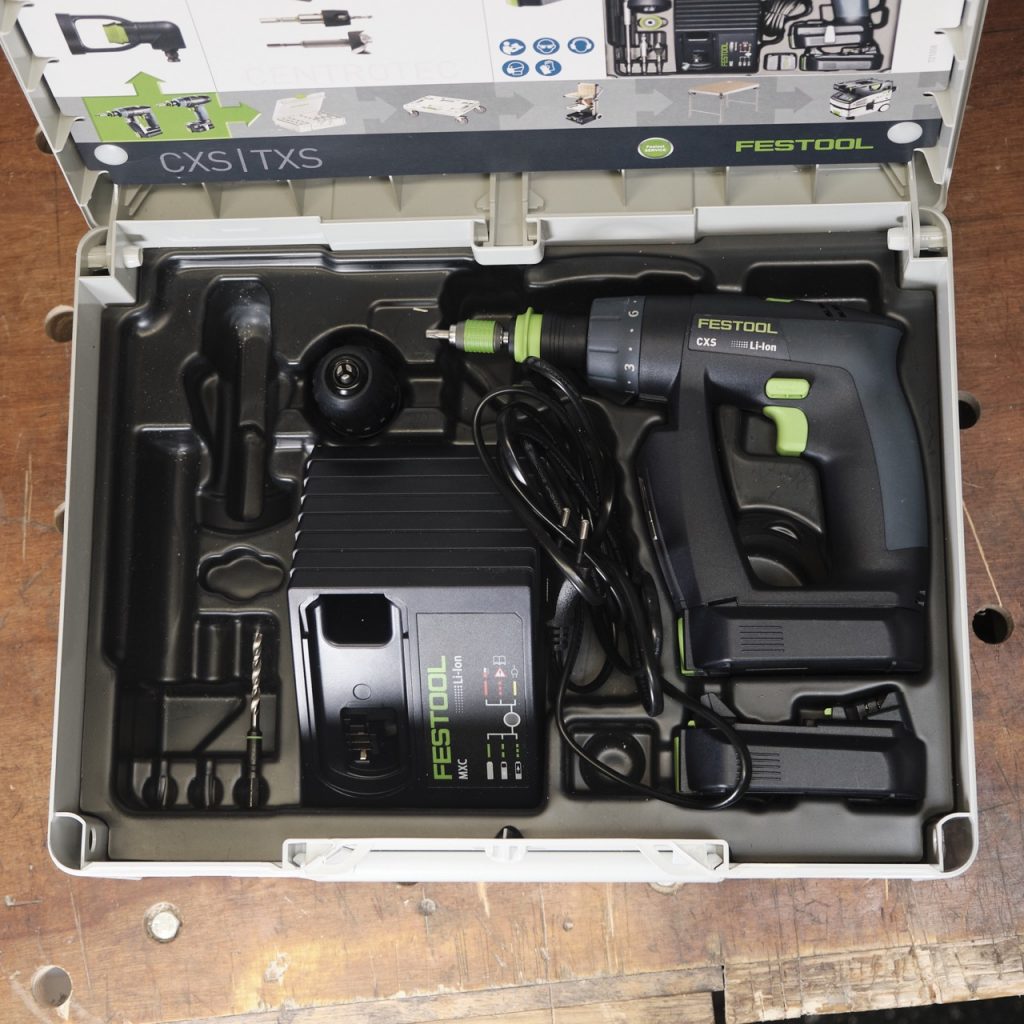
At first glance the two machines look very similar in shape, and you may think there isn’t much between them in terms of ergonomics. But there’s actually quite a few differences, and the Festool CXS really comes out on top.
The most glaring issue with the Milwaukee, and the one that most people complain about is the fact that there is no forward/reverse button in the handle, like every other drill. Instead they put it in a button on top.
This means you can’t rely on muscle memory to change the drill’s direction. You’ll have to look every time you want to switch, which can be very annoying in tight spaces and dimly lit areas. I’m still not sure why Milwaukee chose to do this, as it’s a serious downside of the machine.
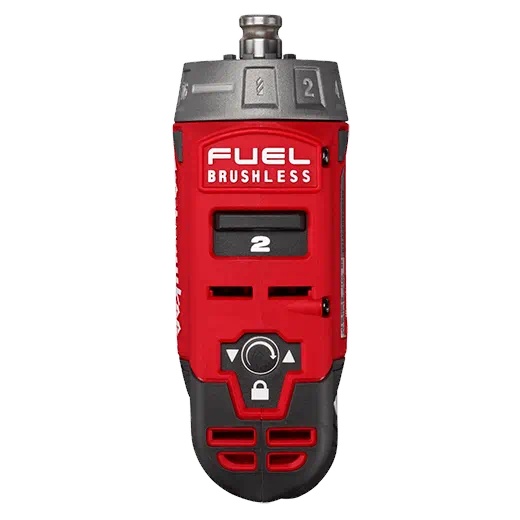
These two drills can both be stood upright, without them falling over, which is often the case with T-type drills. But the Festool is much more stable than the Milwaukee, which you can tip over really easily. This is quite a big downside, as a drill falling over inside a cabinet could cause a nice dent in your work, which would be a shame.
And if you use the larger (X amp) battery pack in the Milwaukee M12, you can’t stand it upright at all, as it’s not balanced. The Festool clearly has the advantage here.

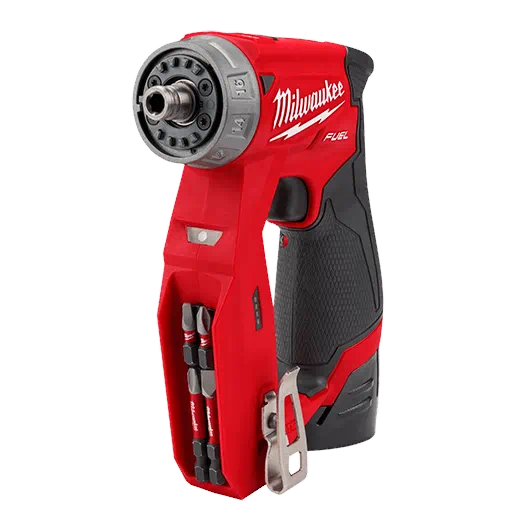
Festool are the masters of finetuning tools. They are renowned for excellent finishing and attention to details. This is also reflected in the trigger control, which is unparalleled in its smoothness and accuracy. You can vary from full speed to almost barely any rotation at all, meaning you have optimal control when driving delicate, small screws.
The Milwaukee is a more crude machine, which isn’t bad by any standard, but when driving delicate screws where you want to avoid damaging the workpiece, the Festool has a clear advantage.
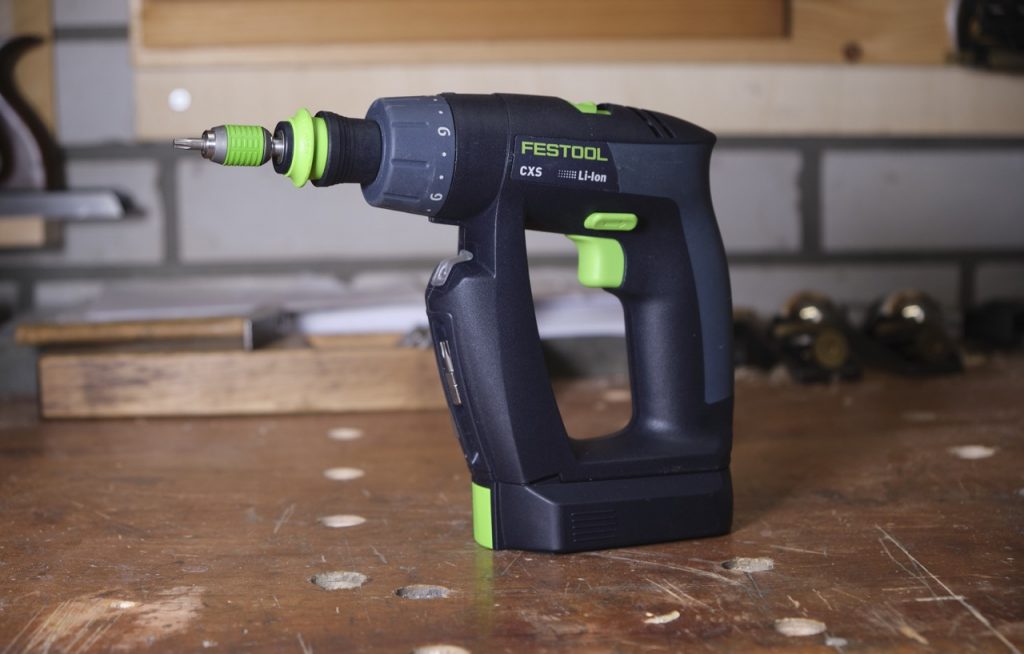
An important factor when deciding on a new battery-powered tool is the platform. Batteries are expensive and nobody likes having to carry 5 different chargers. Having multiple machines on the same platform is a big advantage.
Knowing that, the decision is easy here: The Milwaukee wins comfortably with its huge range of 12V compatible machines. The CXS on the other hand is a unique machine, as it is the only 12V tool Festool makes – all their other drills and machines are 18V.
The only note I’d make is that for many tools the 18V platform is superior, as it simply generates more power. Personally the only 12V tool I use is the CXS, where the 12V has a clear advantage over 18V due to lower weight. All other tools are either 18V or corded. My point is that, if you mostly use 18V and only need a 12V drill, the battery platform issue is much less important.

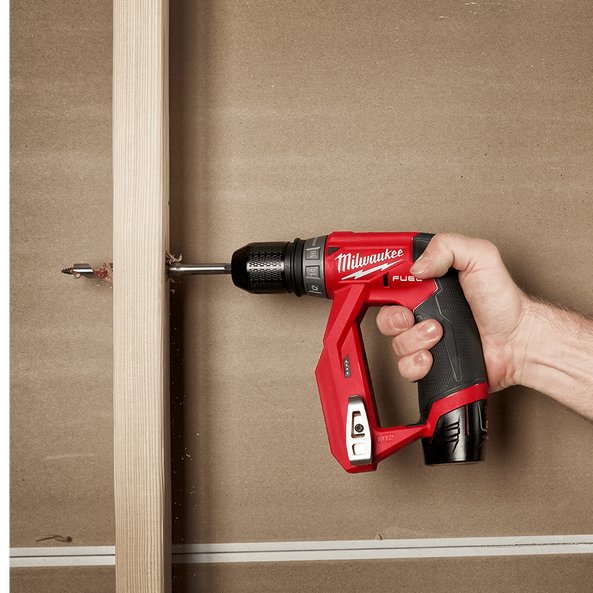
The most interesting and useful feature of both the M12 and CXS is the removable chuck. They have mostly the same attachment, with a few small differences.
Both drills have a standard Jacob’s chuck, which takes up to 13mm drill bits and an angle attachment for drilling in confined spaces. They also both have a quick change chuck, although with a different implementation.
The Milwaukee also has an off-center bit, which is great for drilling close to an edge. The CXS lacks it, but its chuck is quite small, so you can already get quite close to an edge, although not as close as the Milwaukee. Larger Festool drills do have an off-center chuck, but it does not fit on the CXS.
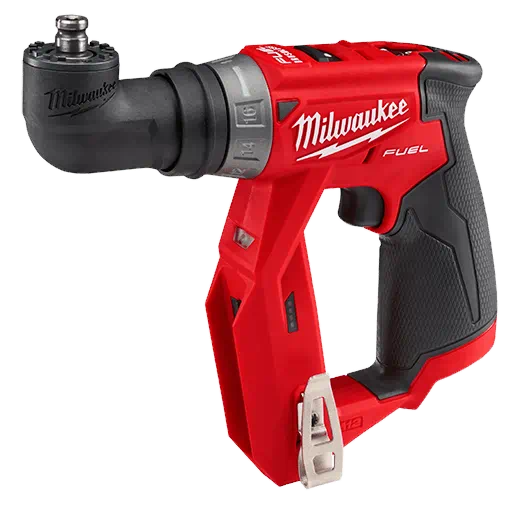
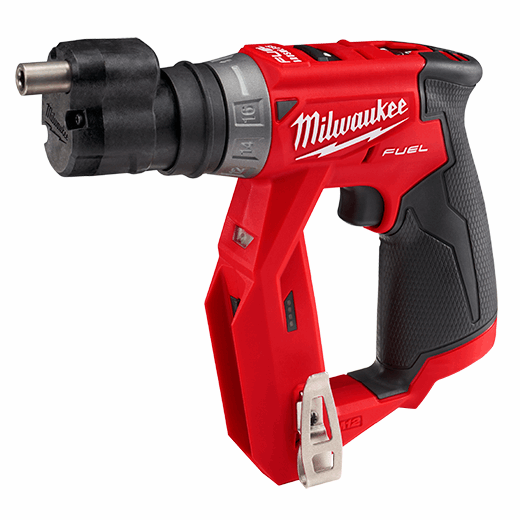

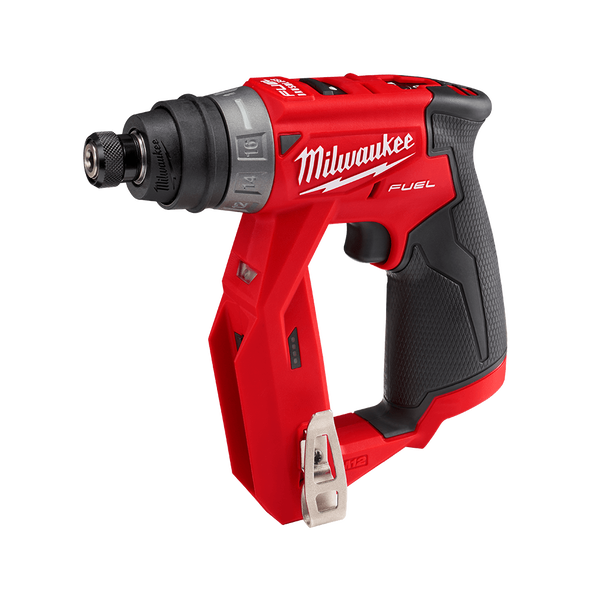
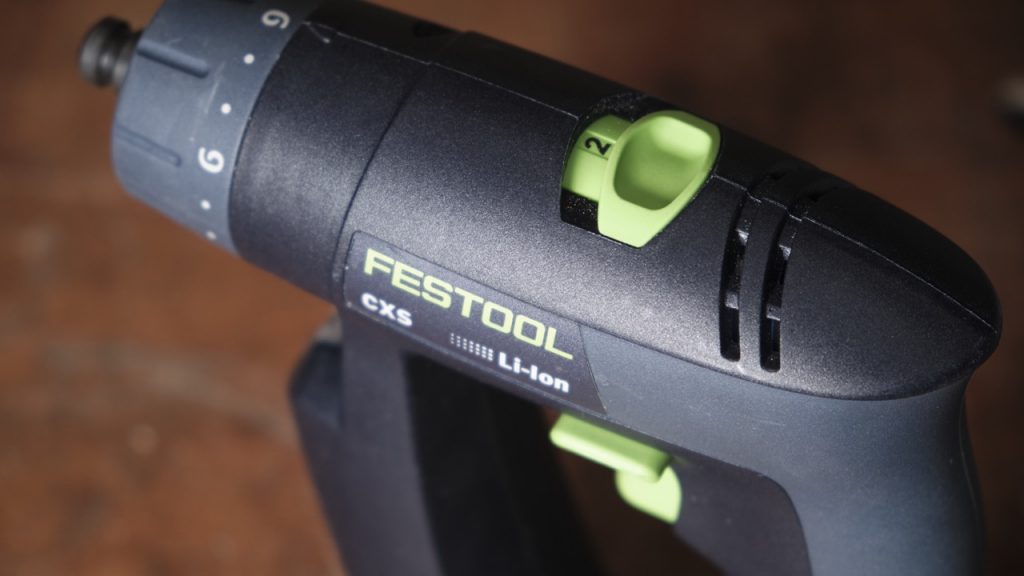
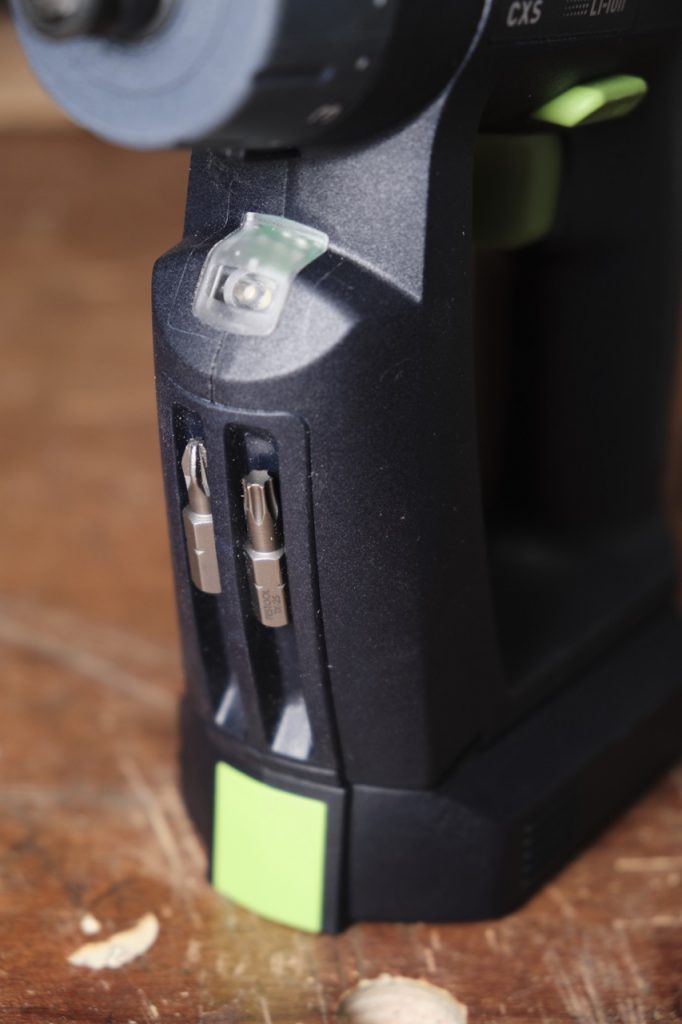
Both drills have a quick-change system, which is great for switching quickly between bits without having to use the Jacob’s chuck. Milwaukee uses a system that is similar to the well-known Wera Rapidaptor, which locks in your bit and prevents it from falling out. It does not really provide extra support, so I would be hesitant to use it for drill bits with a hexagon base, only for driving screws.
Festool on the other hand has a unique system that it uses on all its drills called Centrotec. In addition to locking your bits so it doesn’t fall out, it also provides extra support as the bit goes deeper in the holder. This means it also works well with drill bits, and changing those is very quick.
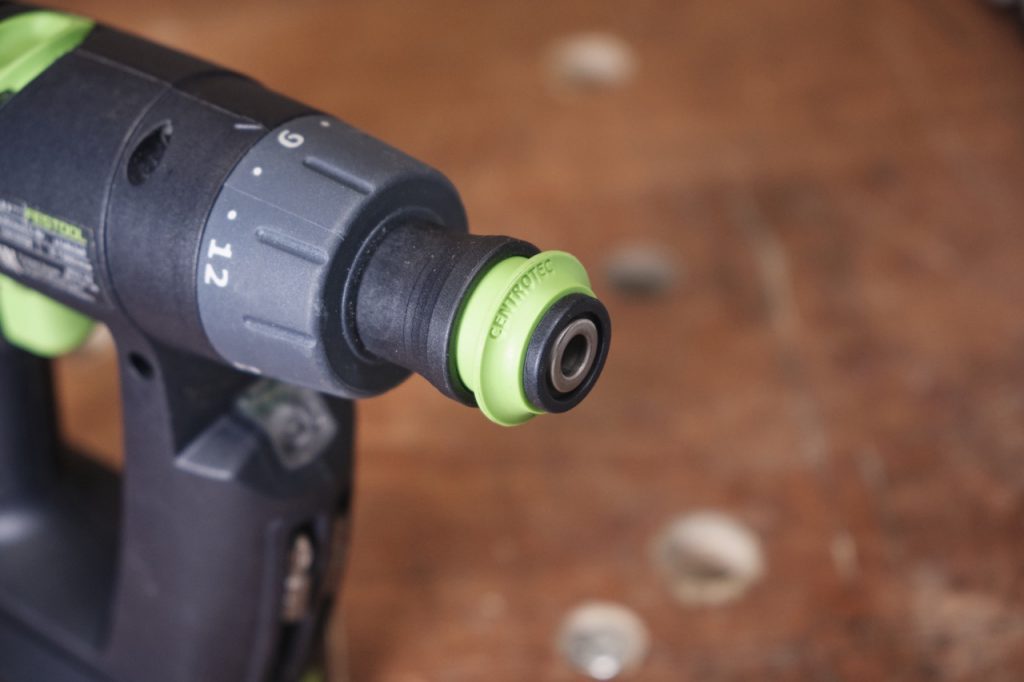
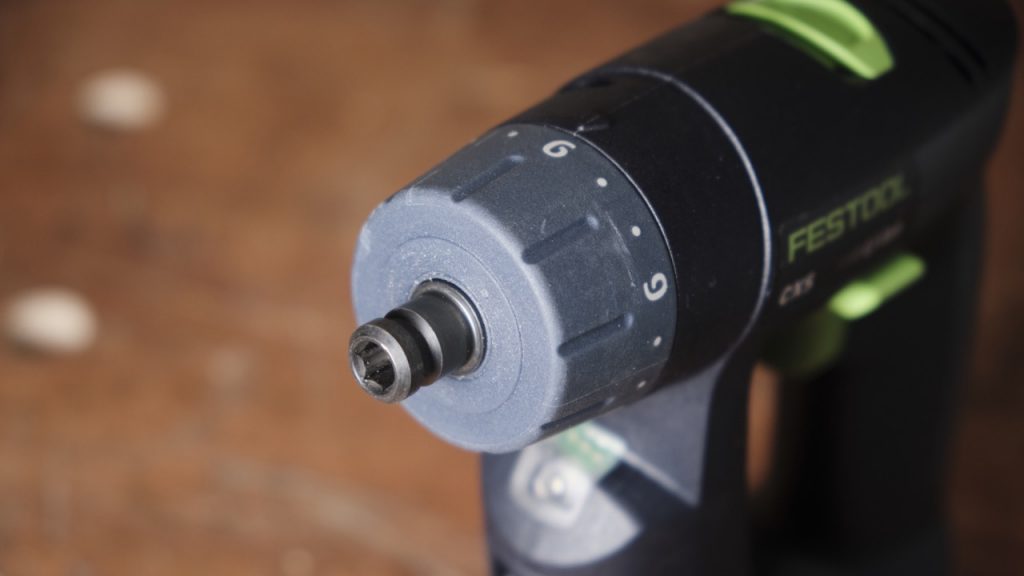
But there are some downsides to the Centrotec system. The biggest is cost. Centrotec is a proprietary system only found on Festool drills and it cannot fit normal hexagon bits. This means you have to buy special Centrotec drills and bits from Festool, which – to no surprise – is expensive. They are high quality, comparable to drills from Fisch and bits from Wera, but definitely expensive.
If you use more than one Festool drill, the investment could be worthwhile, but if you use multiple brands, buying bits and drills twice is a bit excessive. One good option is buy the Festool BHS 60 CE bit holder, which is a rebranded Wera Rapidaptor and turns your Centrotec into a ‘regular’ fast change chuck.
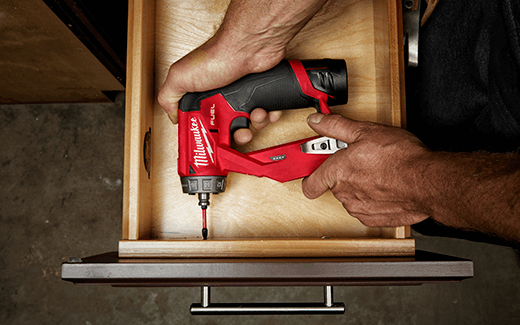
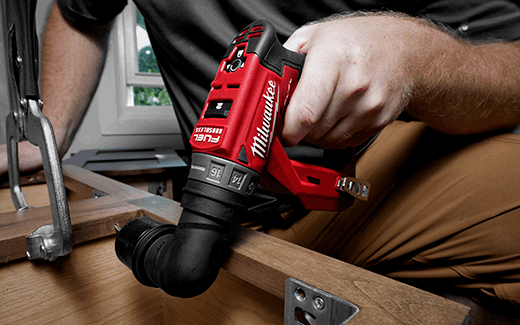
Overall, these are two excellent small drills. Which one is best for you depends on your use case. Do you do a lot of fine, sensitive installs? Then the fine trigger control of the CXS is great. Do you need more power to drill bigger holes in a small package? Then the Milwaukee’s stronger torque will be a great help.
Similarly, if you are already invested in Milwaukee’s M12 platform, the M12 Fuel install driver is an easy choice due to the cost savings of not having to buy a battery and charger. And if you live in North America, the Milwaukee is significantly cheaper than the Festool. While in Europe they are priced pretty much the same.
Whatever your preferences are, one of these two drills is sure to fit your use case and you can’t really go wrong with either one.
And if you weren’t able to make up your mind yet after this article, check out this video by The Funny Carpenter for an even more detailed comparison:
© Machine Atlas 2025
There are no comments yet, be the first to leave one!
Every comment on MachineAtlas is read and answered. And if you know some useful info or tips, please share them. You could really help out some fellow woodworkers!